
With the rise in the smartphone market, there came a boom in the smartphone app market as well. These handy little tools have changed our lives in countless ways. They have not only eased our lives by many folds but have created many business opportunities, too. Companies across the world have realized the impact and the reach of these smartphone apps and have started to merge their businesses with them. From pharma apps to video streaming apps, there are countless products in the market now which are being loyally used by smartphone users across the world. And one such booming sector is of On-demand Food Delivery apps.
And today, we will be discussing how you can create an on-demand food delivery app and give you some crucial tips which help you in making sure that your app is tip-top and ready to take over the market.
So let’s dive in then!
Top 9 Tips on How to Develop On-Demand Food Delivery App
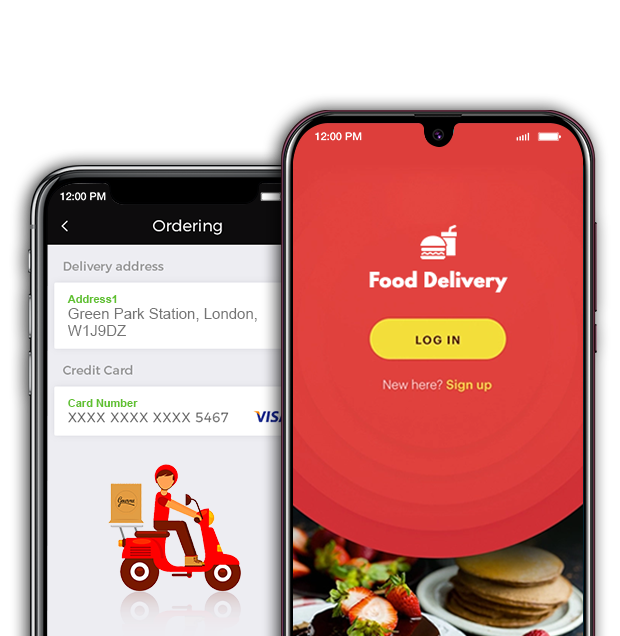
1. Impressive UI and UX
2. Appropriate Information
3. Delivery Time and Real-Time Tracking of Order
4. Payment Gateways
5. Reward Loyalty
6. Orders
7. Packages
8. Proper Marketing
9. Customization
1. Impressive UI and UX
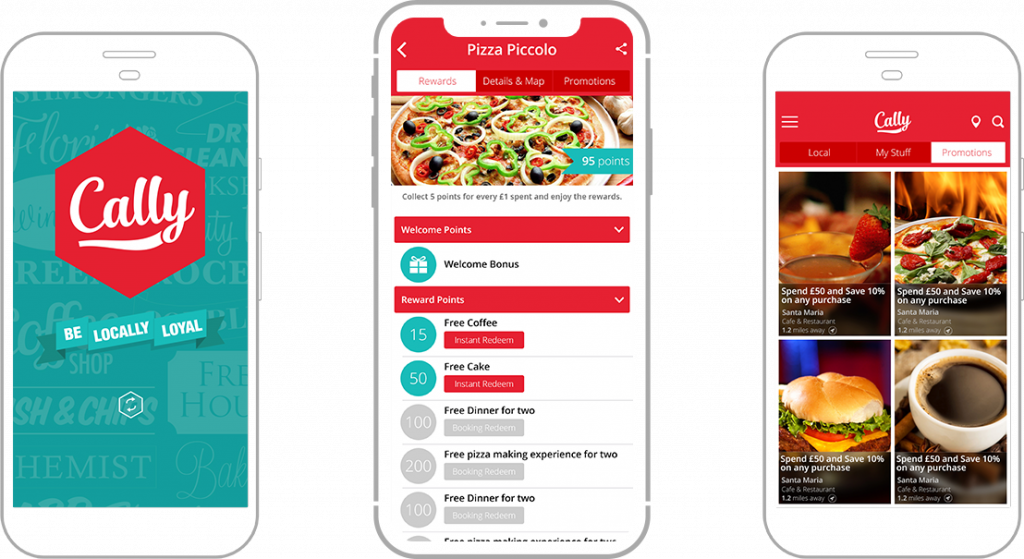
First things any app needs is an eye-catching, easy to use User Interface and a seamless User Experience. The first impression is the last impression, and that has never been truer than it is in the case of mobile apps. If your app is not fetching enough, if it fails to make an impact, then that’s game over for you. From your logo which will be displayed on the app stores to the color theme you choose for your app, everything matters.
Similarly, user experience and interface can make or break your app. With so many choices in the market, all trying to be perfect solutions for their users, the bar is set pretty high for any newcomer. So the best way to carve a place for yourself is by making users fall in love with your app, and in doing so, your UI/UX plays a significant role.
The main thing you need to remember is to keep your app’s UI as simplistic and engaging as possible. Nobody wants to feel like they are in the matrix when they use your app to order food at ten in the night. So simplicity is the key to your success.
2. Appropriate Information
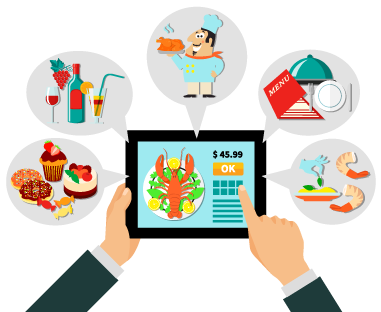
While it is never a good idea to withhold information from your users, it is also not a good idea to bombard them with unnecessary data. Abundance is just as dangerous as the shortage. So only tell your user precisely what he wants to know.
Users also don’t mind getting suggestions from their food delivery app. Using AI, most apps, whether they are shopping apps or music streaming apps, are able to study users’ preferences, learn the type of music they like or things they usually buy and then suggest them more stuff of the same kind. This can be very beneficial for an on-demand food delivery app as well. You can build a minimal AI in your app which will keep track of your users’ eating preferences and then provide them with similar suggestions.
This saves users all the trouble of searching for their favorite cuisines in your app and instead, find the link of the thing they like, right on their home screen.
3. Delivery Time and Real-Time Tracking of Order
![]()
These are two interlinked features which your app needs to have at any cost. Users are impatient, and it eases their mind if they know the exact amount of time they need to wait before their order arrives. So make sure that your app always shows the correct time of delivery. Take into account weather conditions, traffic, and other such variables into account while calculating an estimated time of delivery. An impatient user is less likely to get frustrated with waiting if he can track the live movements the delivery boy who is bringing their food. Thus, real-time tracking of delivery is an asset your app needs to have.
To select a geographic location, you will need to use CoreLocation for an iOS app and Google Location API for an android app. This will let you detect a user’s precise location. Once you have located your user, directions are sent to your driver. To integrate a map in your application, in case of iOS, you can use Mapkit and Google Maps API for an Android app.
4. Payment Gateways
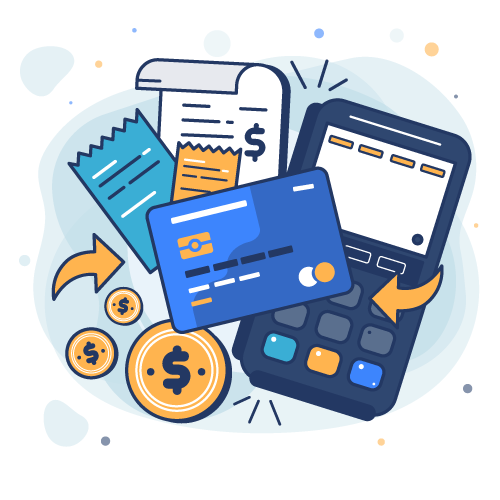
The payment process is where many businesses lose their sales. In a study conducted a few years back, Amazon found out that many users abandon their purchase because the payment process on the website was a hassle. People deemed it a lot more convenient to go to a shop and buy their stuff rather than dealing with the arduous online payment system. The lesson to be learned here is that you need to make the payment process as streamlined as possible.
An in-app-payment-gateway is pretty commonplace these days and adds additional value points to your app. But make sure that you don’t harass your users with unnecessary questions. Furthermore, use a safe and reputable payment gateway. Stripe and Braintree are among top providers of the service. Moreover, it is also a good idea to have your e-wallet. This will let users add money directly into their wallets on your platform and then use it whenever they need it, without having to type in their bank credentials again and again.
5. Reward Loyalty
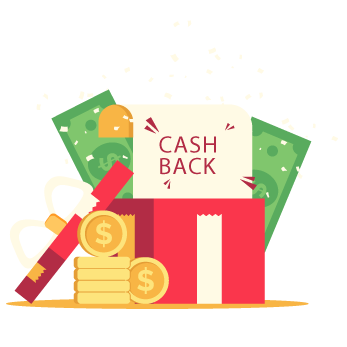
Holding on to your customers is just as hard as reeling them in. Once you have acquired customers, you need to make sure that they don’t leave you. The best way of doing it is making them feel loved. Referral codes and coupons are excellent ways for doing that. Furthermore, you can always throw in a complimentary bottle of soda or a family pack of ice-cream, just to let your customer know that they are appreciated.
6. Orders
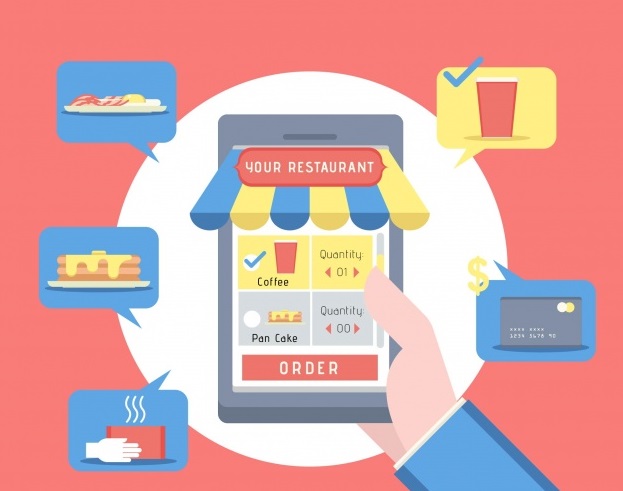
Given the fast pace of life, especially in big cities, it is not uncommon for people to be running late. In our haste to get to office or schools or colleges on time, we sometimes have to sacrifice our meals. To append this problem your app needs to have a Pre-Order option. Take UberEats for instance; it lets you order your food to be delivered in advance at your future location. So, say that you were unable to take your breakfast this morning because of an early meeting. Using UberEats, you can pre-order your food and add the destination where you will like it to be delivered. And when you get there, you will find your breakfast waiting for you.
Then comes the question of boundaries. It happens many times that some snooty restaurant refuses to provide home delivery services in your area. That is a sure way of losing your customers. You need to make sure that this doesn’t happen. Deliver at as many places as you can and at all times, especially in hospitals and parks.
7. Packages
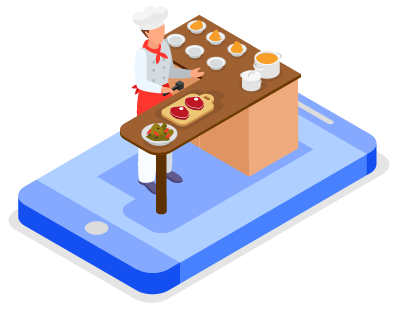
Always keep expanding. Always keep bringing new restaurants in your providers’ list, always keep introducing new cuisines in your menus. Don’t ever think that what you have is enough. Users are very picky. If a person wants linguine from a particular restaurant, then he will do anything to get it, including downloading a new app if you’re incapable of getting him his desired food. So to make sure this doesn’t happen to you, you need to establish partnerships with more and more restaurants. Also, remember to keep the variety alive, don’t partner up with too many restaurants of the same type.
You can also create your own packages, putting in various things from different restaurants to boost your sales temporarily.
8. Proper Marketing
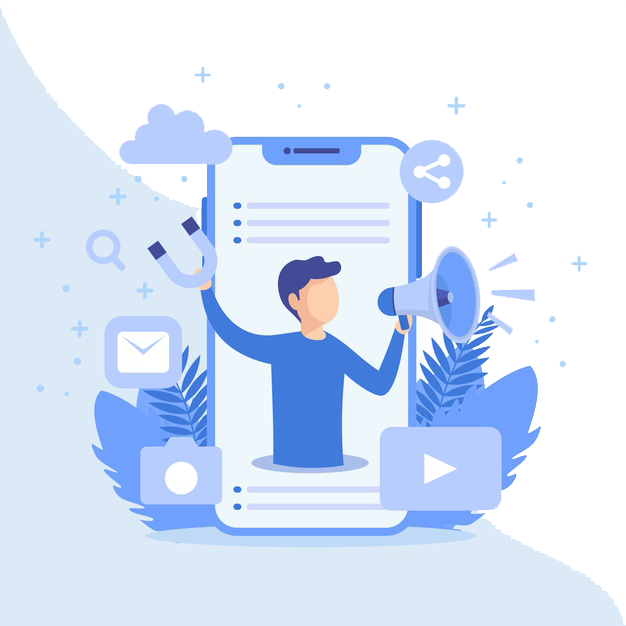
In recent times, social media has become a powerful marketing tool, and you can use it to your benefit, like some many others are already doing, too. Thus you need to make sure that your app has integrations to all the big social media platforms like Facebook, Instagram, Twitter, etc. Ask your users to share their orders with their followers and spread awareness about your app. Also, make sure you have an active social media presence as well. Having accounts on Facebook, Twitter and Instagram is essential for businesses these days. These are forms of free marketing, using which you can reach your followers with any news that you might have. Moreover, maintain an active blog as well. This will give you a better online presence.
Search engine optimization is the one thing your website needs to have at any cost. A properly designed website brings in a lot of traffic by being indexed on top of search pages by various search engines such as Google Chrome, Firefox, Opera, etc.
One of the prime advantages of having an app built is that your customers are never far away. You are literally always in their pockets. This advantage can be harvested for your benefit. Most apps these days have Push Notifications in them. These are small messages your app sends to your user. While they are mostly used to give users updates about their orders, wallet balance, etc. They can also prove to be a powerful business tool. You can send them news of any new offer you might be bringing soon, or of any new package or reward point that you are offering. But though it is a great tool, don’t forget that no user likes a string of Push Notifications. So make sure you don’t overdo it.
9. Customization
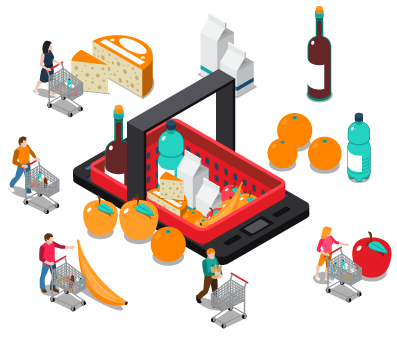
Following a rigid business plan has never been more harmful than it is in these times. Different people from different cultures and age groups have different tastes and preferences. So you need to come up with customized business plans for your different users. Use filters in your application which tell users the best information based on their preferences, without them having to search them specifically. Using metrics such as age group which uses your application the most or the locality where your application is most active, device a business plan which appeals to them.
For example, if you operate in a college district where there are a lot of hostels and PGs, then make sure that you deliver late nights and provide cakes and pastries for birthday and other parties.
Conclusion
These are only some of the tips you can use to design your on-demand food delivery app. You can always add on to these features and keep pushing boundaries but make sure when to stop. In the pursuit to become more useful, many apps become over-cluttered with functions and their usability decreases substantially. Market it fierce and to compete in it, you need to make sure that your app is in perfect shape.



